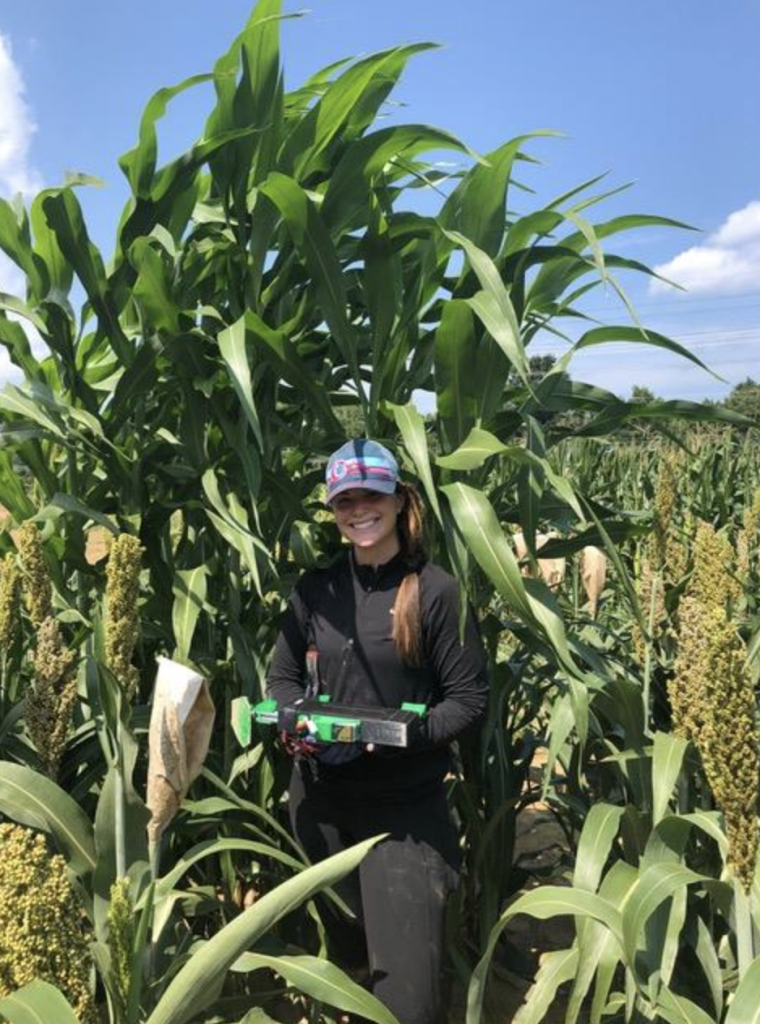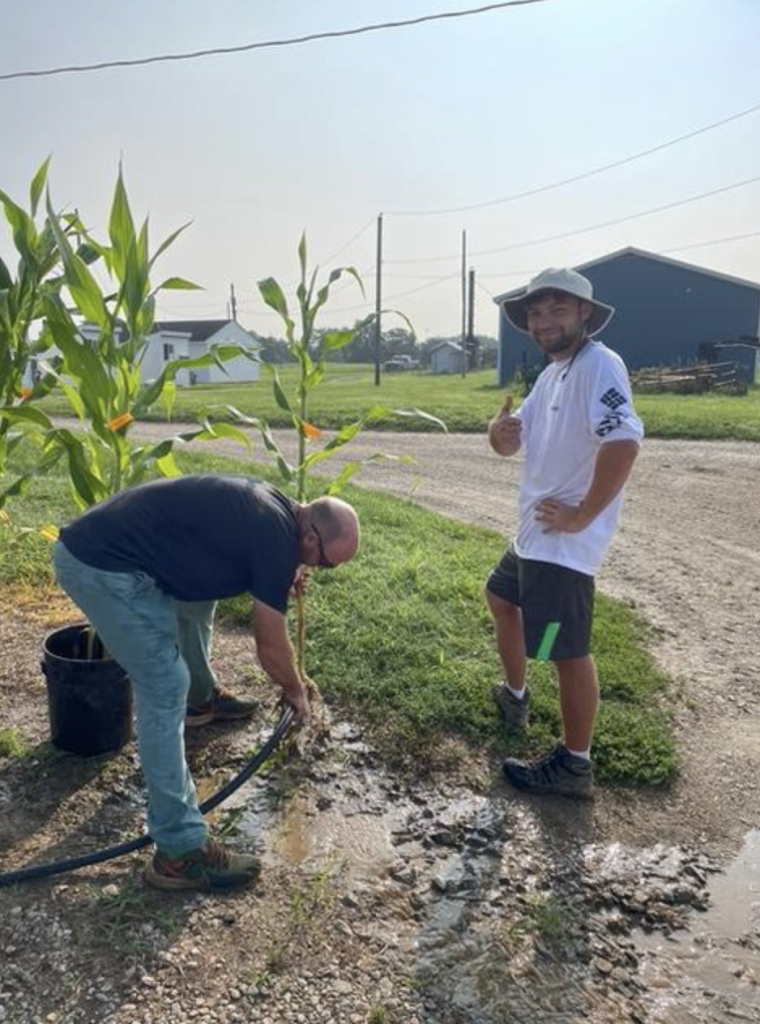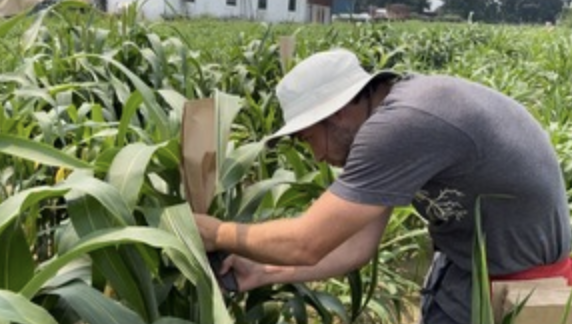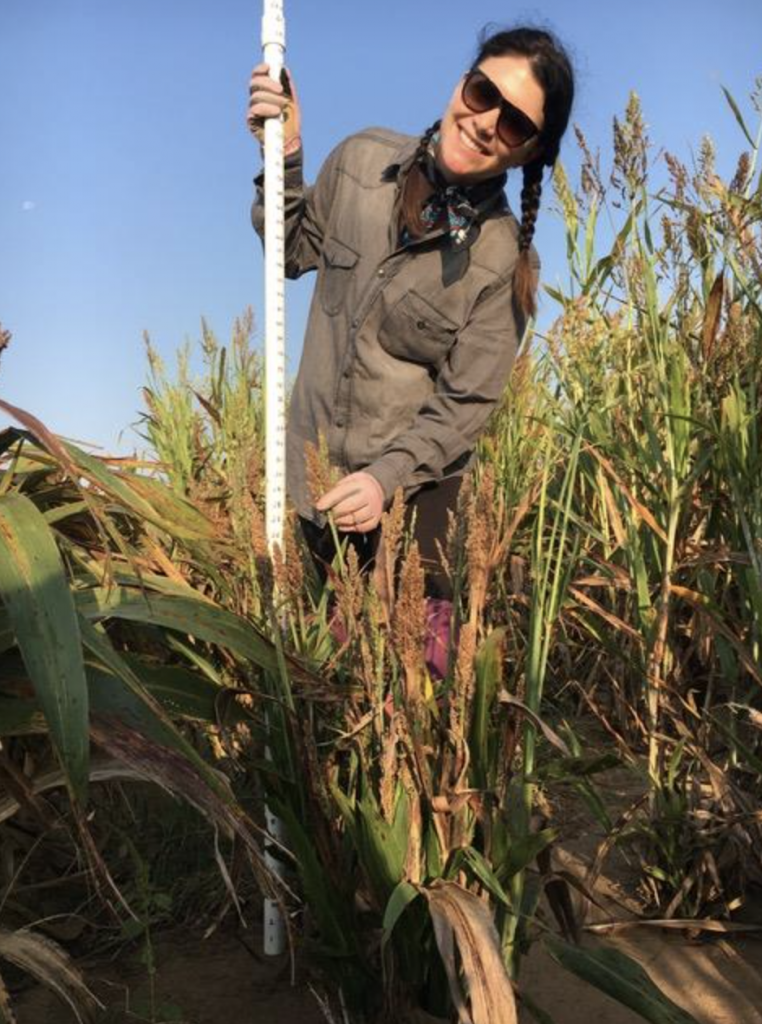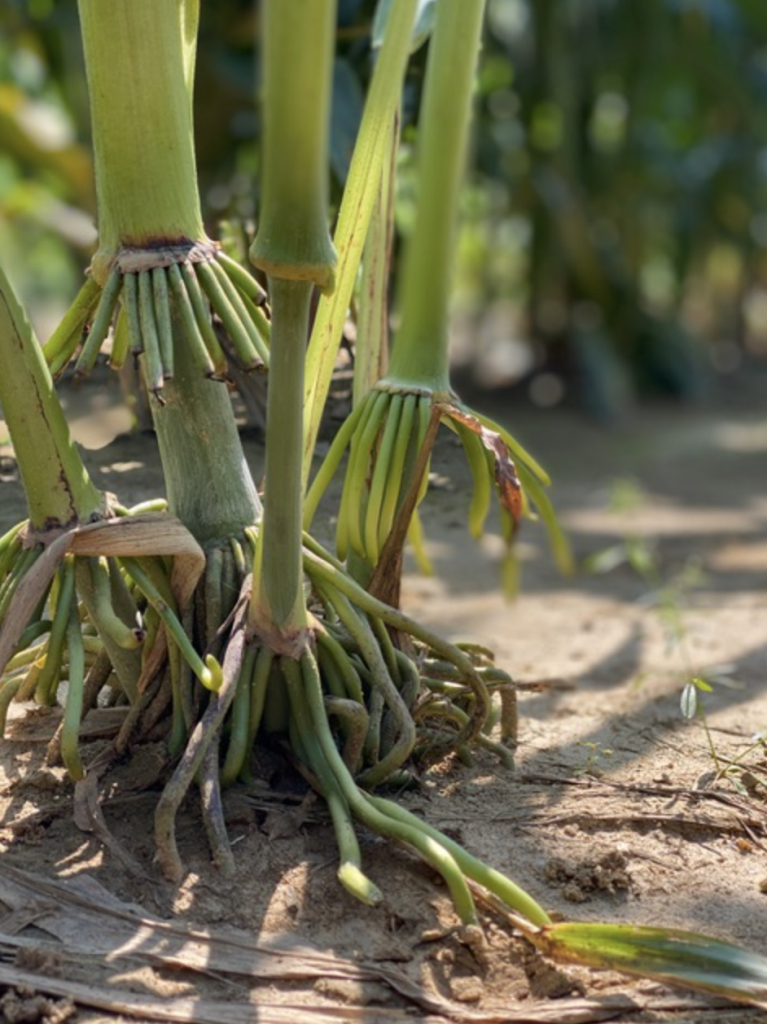Rooting for Resilience: Genetic Insights for Transforming Sorghum and Maize for Climate Challenges
Sorghum and maize are closely related and research into their root systems has been focused on similarities which benefit them under abiotic stress. However, there are distinct differences in their root system architectures which may be related to their different stress tolerance levels. Researchers at the University of Delaware and Embrapa Maize and Sorghum reviewed studies into sorghum and maize root architecture and their performance under drought, salt stress, and low phosphorus conditions, a subject of great importance in a changing climate.
Under drought conditions, water can be found deep within the soil leading to the hypothesis that deeper roots systems are advantageous in such circumstances. Increased growth of nodal roots like crown roots or primary roots with a steeper angle allow plants to reduce wider soil exploration roots, reducing the metabolic costs those roots would incur. The gene DEEPER ROOTING 1 (DRO1), first identified in rice, is associated with steeper root angles and increased drought resistance (Uga et al., 2013). This gene is conserved in maize and a quantitative trait loci (QTL) analysis found syntenic regions for DRO1 in wheat, barley, maize, and sorghum (Siddiqui et al., 2021). This supports Zheng et al.’s (2020) determination of a shared genetic basis of maize and sorghum root architecture and indicates that it is likely that there are pathways for “universal control of root architecture” that would be useful for developing drought resistant varieties. The scientists assert that more research is needed into genetic differences that are related to fine-tuning this tolerance in different species.
Sorghum is considered a salt-tolerant crop while maize is typically salt-sensitive. In both, salt exposure results in the primary root length decreasing; higher salt concentrations and longer periods of exposure result in even shorter lengths (Kandil et al., 2012; Rajabi Dehnavi
et al., 2020; Wang et al., 2020; Li et al., 2021b). Additionally, the roots of the salt-tolerant varieties in both maize and sorghum were better able to maintain primary root growth under salt stress than their less salt-tolerant counterparts (Rajabi Dehnavi et al., 2020; Wang et al., 2020). Studies on the response of other root types to high salinity were limited to maize. Gene mapping showed an overlap of salt tolerance QTLs with root trait QTLs in sorghum and maize (Luo et al., 2019; Hostetler et al., 2021a), suggesting a common set of genes regulating salt stress response.
Nutrient stresses also significantly affect crop development and though they can be offset by fertilizer, there is a push towards more sustainable methods like breeding stress-resistant crops. Phosphorous (P) deficiency has a greater effect in the early stages of plant growth and only moderately affects growth in more mature plants. Plants under low P conditions adapt by developing a shallow root system with lateral growth for foraging and an increased number of root hairs (Ho et al., 2005; Lynch, 2011; López-Arredondo et al., 2014). Varieties of sorghum and maize with greater grain yield under such conditions have a wider crown root angle (Campolino et al., 2023). However, a closer look reveals differences between the two species. Maize shows microorganism diversity, a more compact, bushy, and shallow root system for foraging and a wider root angle when compared to sorghum (Campolino et al., 2023). Cluster analysis revealed three distinct rooting types (small, exploratory, and compact and bushy), each most suited to different environmental conditions (Parra-Londono et al. 2018), showing phenotypic and genetic variability in root system architecture which can be useful in breeding P-tolerant crops. In sorghum, homologs of OsPSTOL1 modify root system architecture by increasing root length (primary and crown roots) and decreasing root diameter under low-P conditions which increases grain yield and biomass accumulation (Hufnagel et al., 2014; Bernardino et al., 2019, 2021). In maize, homologs of OsPSTOL1 were preferentially expressed
in roots and co-localized with QTLs associated with root morphology and P acquisition traits (Azevedo et al., 2015) mapped in the same region of QTLs for grain yield in a low P soil (Mendes et al., 2014). The results show that when maize and sorghum are grown in low-P environments, PSTOL1 plays a significant role in modulating total root length (primary, seminal, and crown) and surface area.
Taken together, these insights into stress tolerance in maize and sorghum through root architecture may lead to improved varieties with the genetics necessary to maximize yield under drought, salt or nutrient deficient conditions.
While gathering the primary literature and writing this review article, I was shocked at how most of the research done only considers one species, one organ, or one stress. This was shocking because we know that crops are faced with multiple stressors simultaneously. So my goal for the reader was to easily understand what is known and to be able to identify the gaps in knowledge in order to breed for climate resilient crops. – Hostetler
SorghumBase examples:
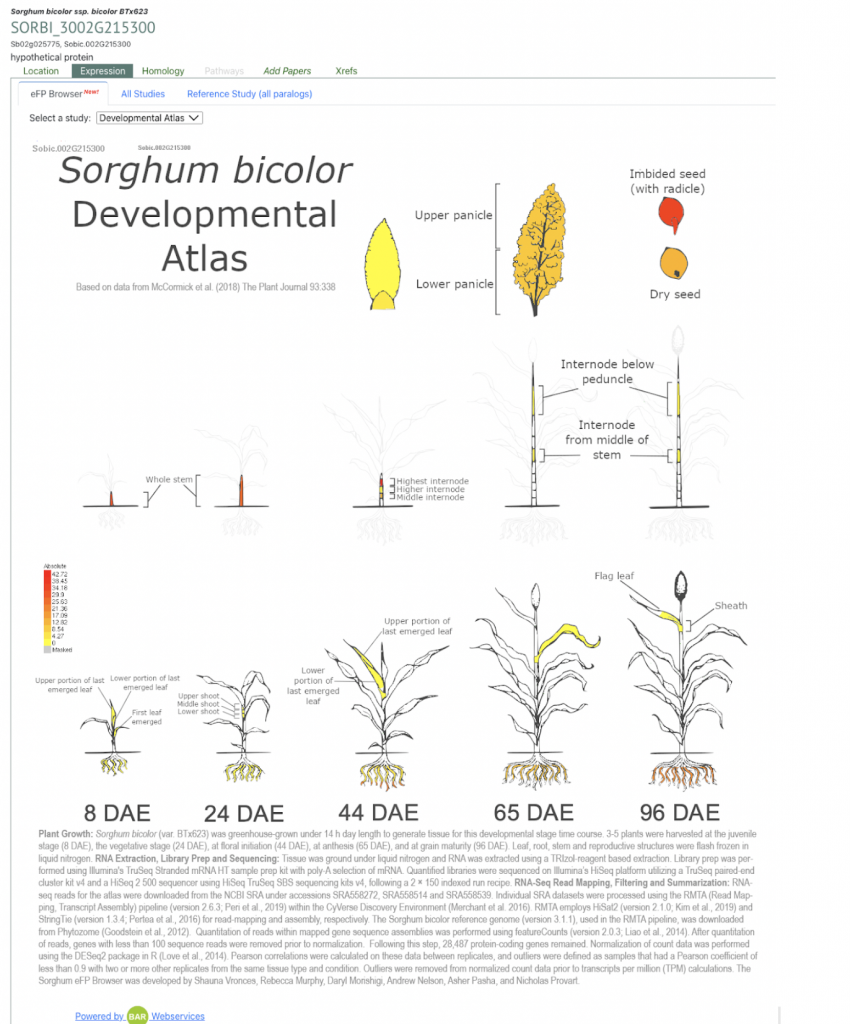
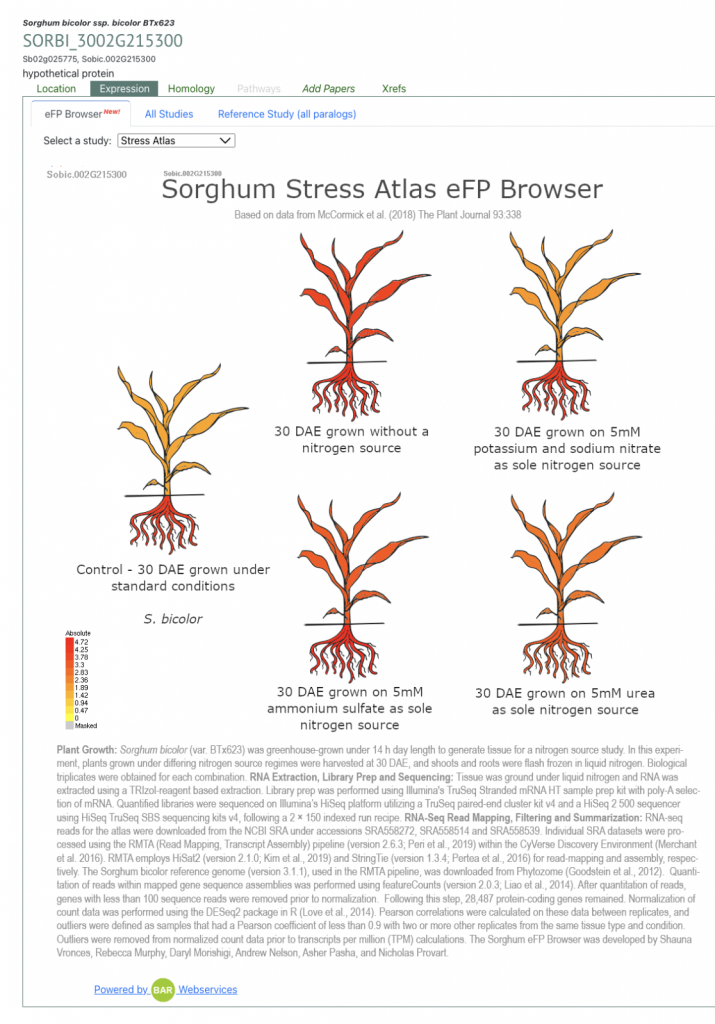
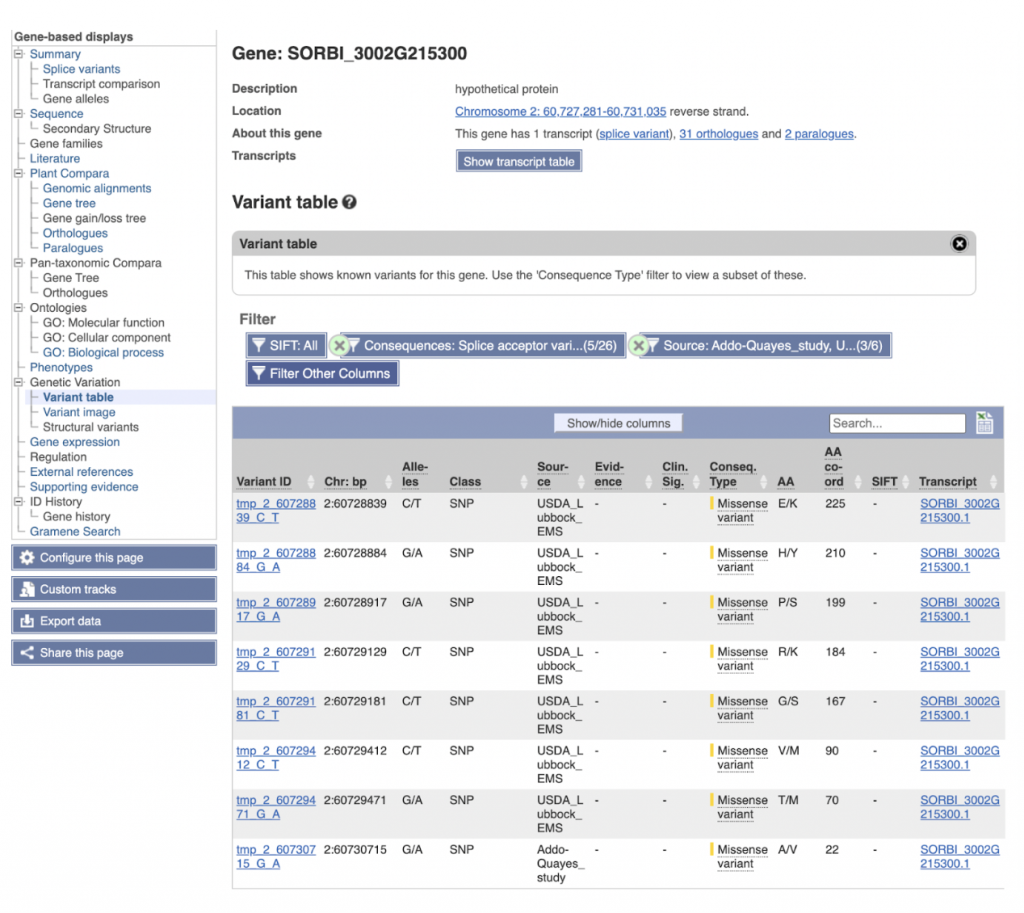
Reference:
Hostetler AN, Morais de Sousa Tinoco S, Sparks EE. Root responses to abiotic stress – a comparative look at root system architecture in maize and sorghum. J Exp Bot. 2023 Oct 5:erad390. PMID: 37798135. doi: 10.1093/jxb/erad390. Read more
Related Project Websites:
Sparks Lab at the University of Delaware: https://www.braceroots.com/
